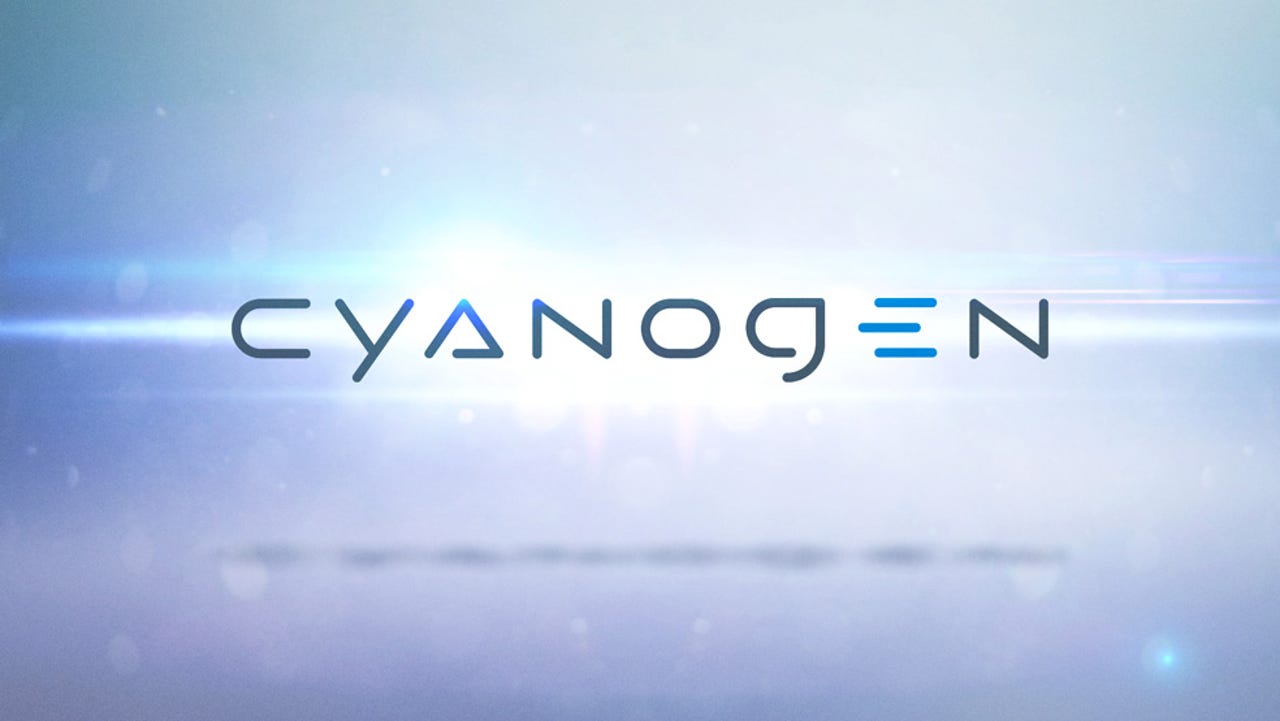CyanogenMod is dead. Long live LineageOS


Android vendor Cyanogen is abandoning its operating system, CyanogenMod, but its developers are attempting to rescue it. (Image: Cyanogen)
Cyanogen started with a grand dream: Create a commercially-supported, vendor-neutral Android-fork that anyone could use to keep their smartphones and tablets up to date. The vision went from grand to grandiose. In 2015, then Cyanogen CEO Kirt McMaster said, "We're putting a bullet through Google's head."
Not two years later, Cyanogen shut down its Android fork, CyanogenMod and its services.
Cyanogen burned through over $100-million in venture-capital quickly and its allies even faster. Its first major hardware partnership with One Plus One failed in a sea of acrimony. By 2016, Cyanogen started laying off employee.
Smartphones
Cyanogen's CTO and cofounder Steve Kondik claimed in July 2016, "CyanogenMod isn't going anywhere, nor has Cyanogen Inc. discontinued its efforts towards the goal of bringing it to a larger audience." He continued, "we are not 'pivoting to apps' nor are we shelving [CyanogenMod]."
Internally, however, there were massive conflicts between the founders, executives, and the development team. 20 percent of Cyanogen's staff were laid off later that same month. Kondik claimed the company was mismanaged and that McMaster grew so angry in internal conflicts that he "wanted to destroy Cyanogen."
That wish came true.
By October, Kondik power within the company was reduced. At the same time, Cyanogen announced that it was switching from an Android fork to an open-source Modular OS program. This would enable smartphone manufacturers to put bits and pieces of custom Cyanogen builds into stock Android or their own homebrew Android.
What's left of Cyanogen is consolidating at its Palo Alto office. There, they will attempt to Modular OS line into a viable business.
As for CyanogenMod (CM), the Android alternative operating system? It would soon come to an end. Cyanogen has scheduled CM's execution on December 31.
But, is that really the end?
True, CM as a brand is dead. But, thanks to open source, the operating system may live on under a new name.
In a private Google+ CyanogenMod developer group post, Kondik proposed that the Android clone continue as a crowdsourced program under a name. "The main IP [intellectual property] is the brand and trademarks. I don't know if I can get it back without a fight, and I'm tired of fighting. We will likely need to fork and rebrand, which might not be a bad thing. Would you support it?"
The answer was yes.
While Kondik hadn't made an official announcement, on the public CyanogenMod Google+ list, the moderators stated the operating system will be forked. They explained:
However, CM has always been more than the name and more than the infrastructure. CM has been a success based on the spirit, ingenuity and effort of its individual contributors - back when it was Kondik in his home, to the now thousands of contributors past and present.
Embracing that spirit, we the community of developers, designers, device maintainers and translators have taken the steps necessary to produce a fork of the CM source code and pending patches. This is more than just a 'rebrand'. This fork will return to the grassroots community effort that used to define CM while maintaining the professional quality and reliability you have come to expect more recently.
This new take on CyanogenMod will be called LineageOS. The project is still in stealth mode.
It is believed that Kondik is directing the project. The forked operating system is expected to be built on top of the existing CyanogenMod 13 and 14 versions.
Will either Cyanogen the company succeed with its new model or LineageOS once become an alternative Android favorite? Only time will tell.
Related Stories: